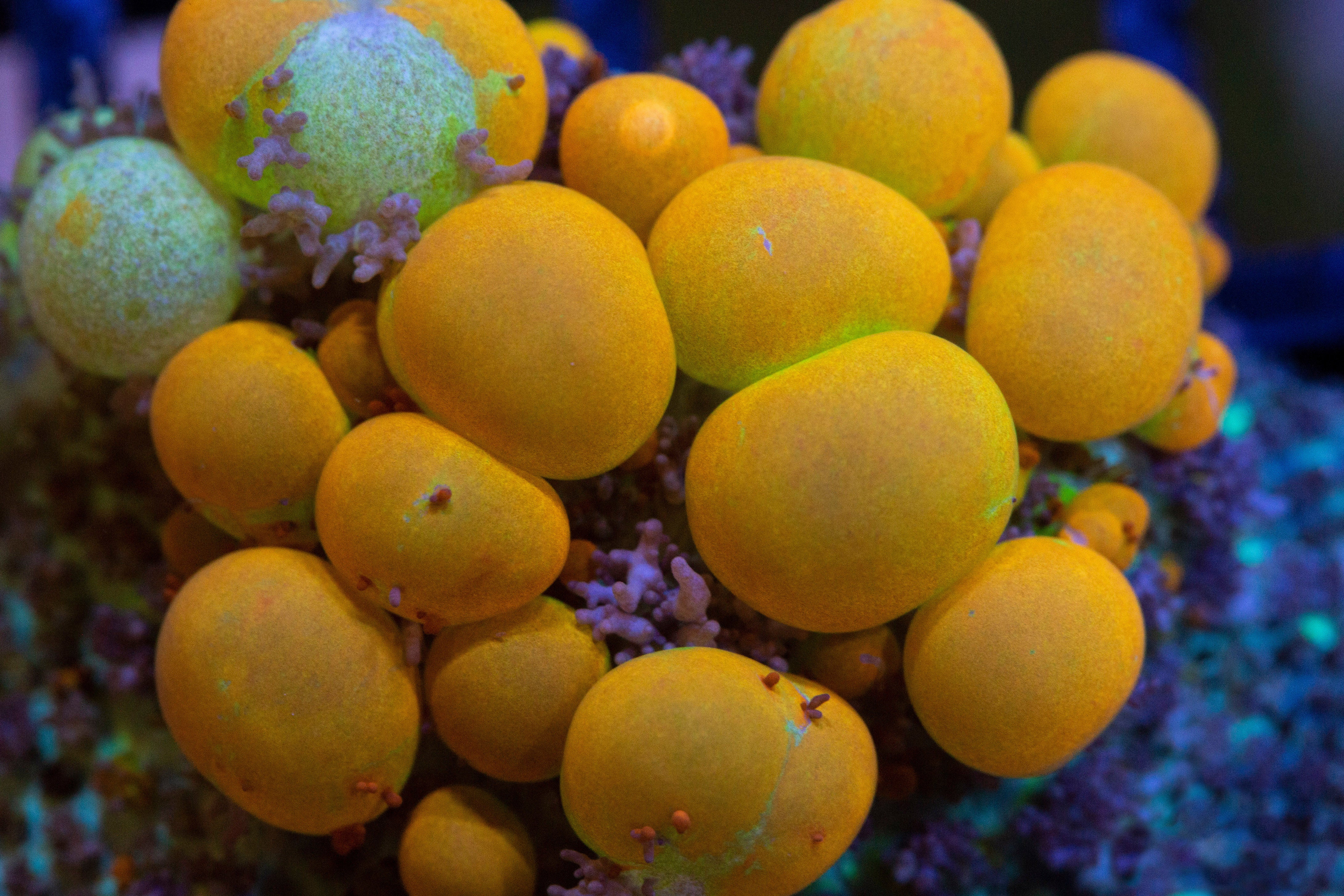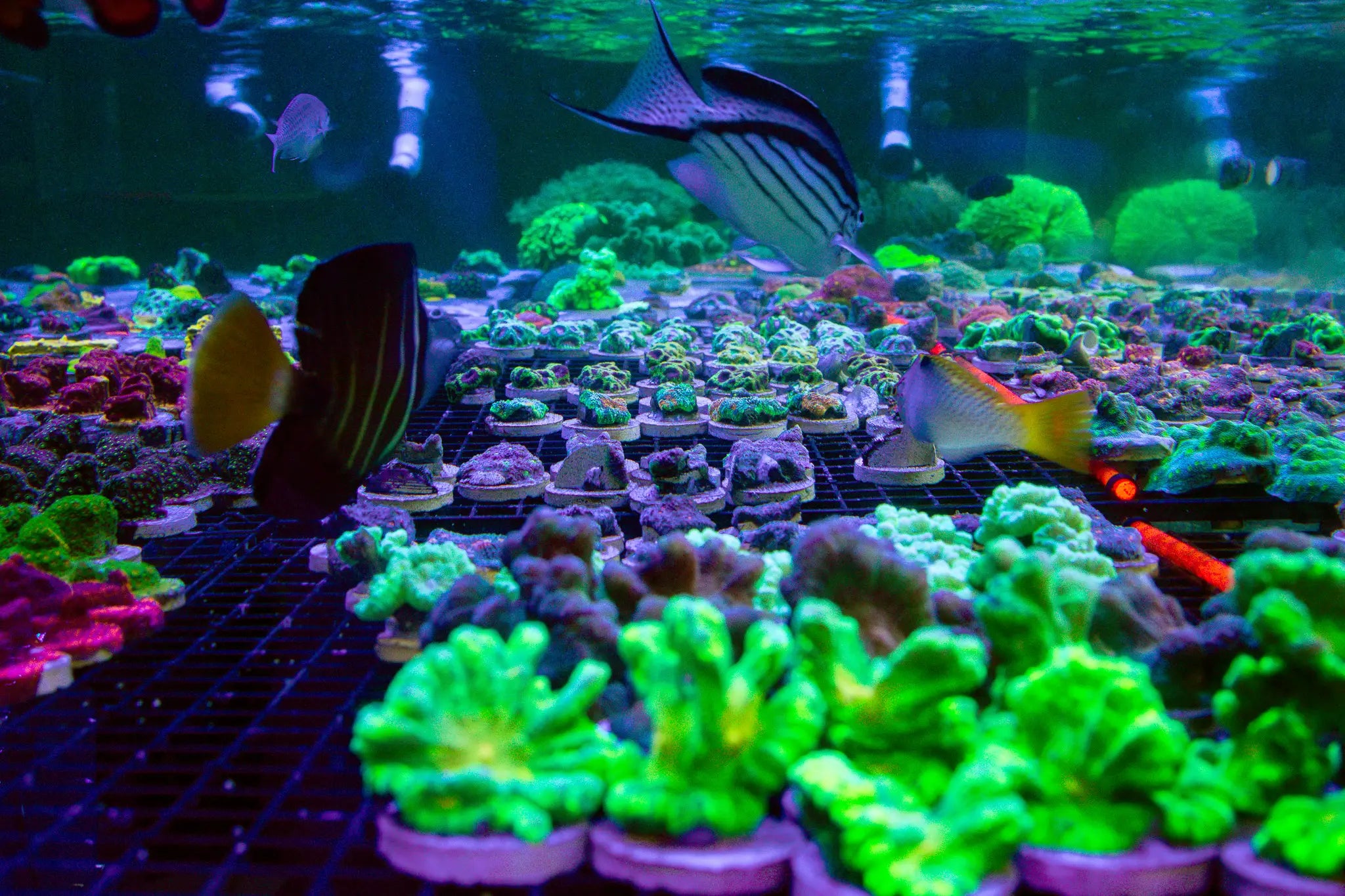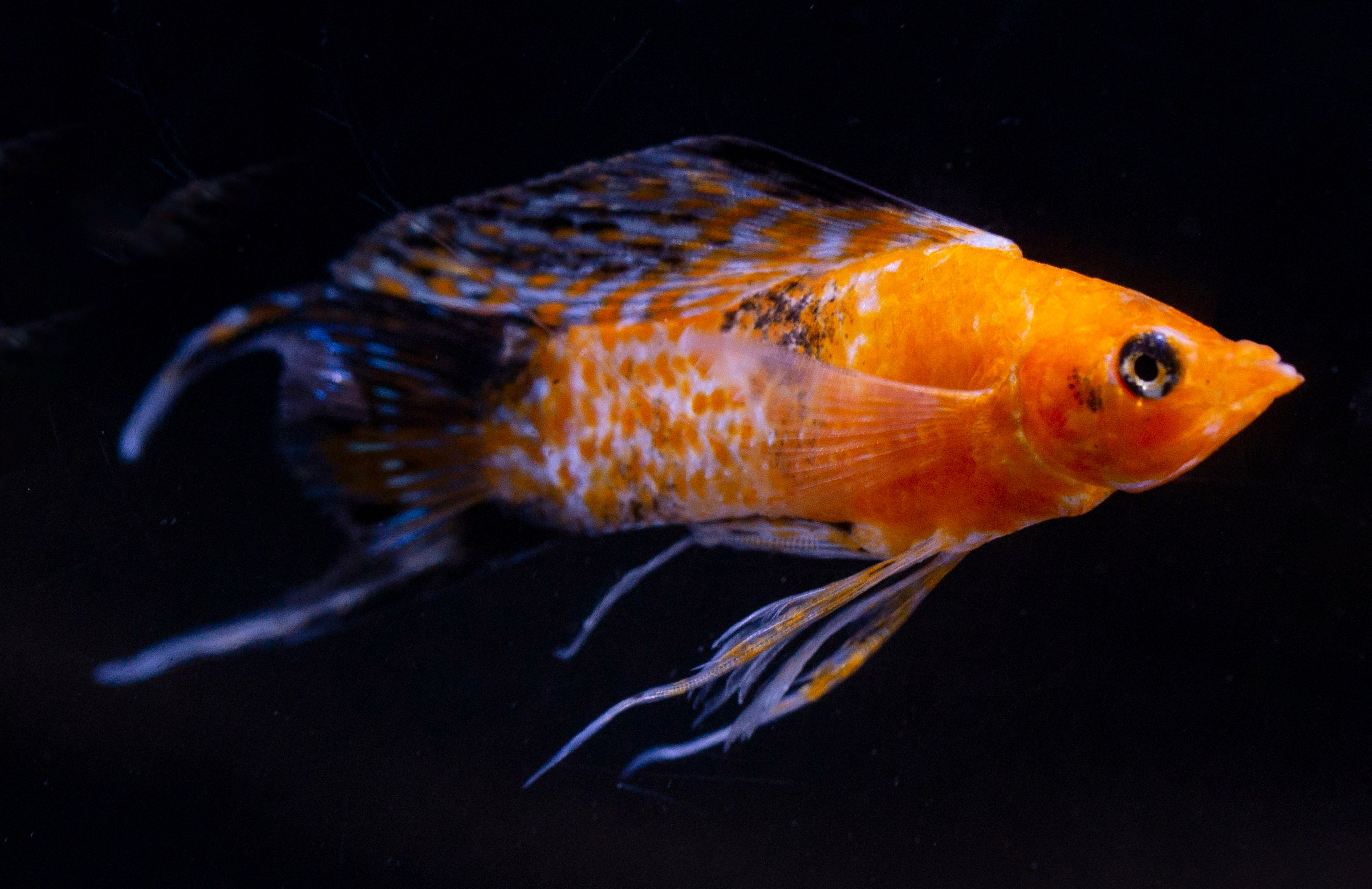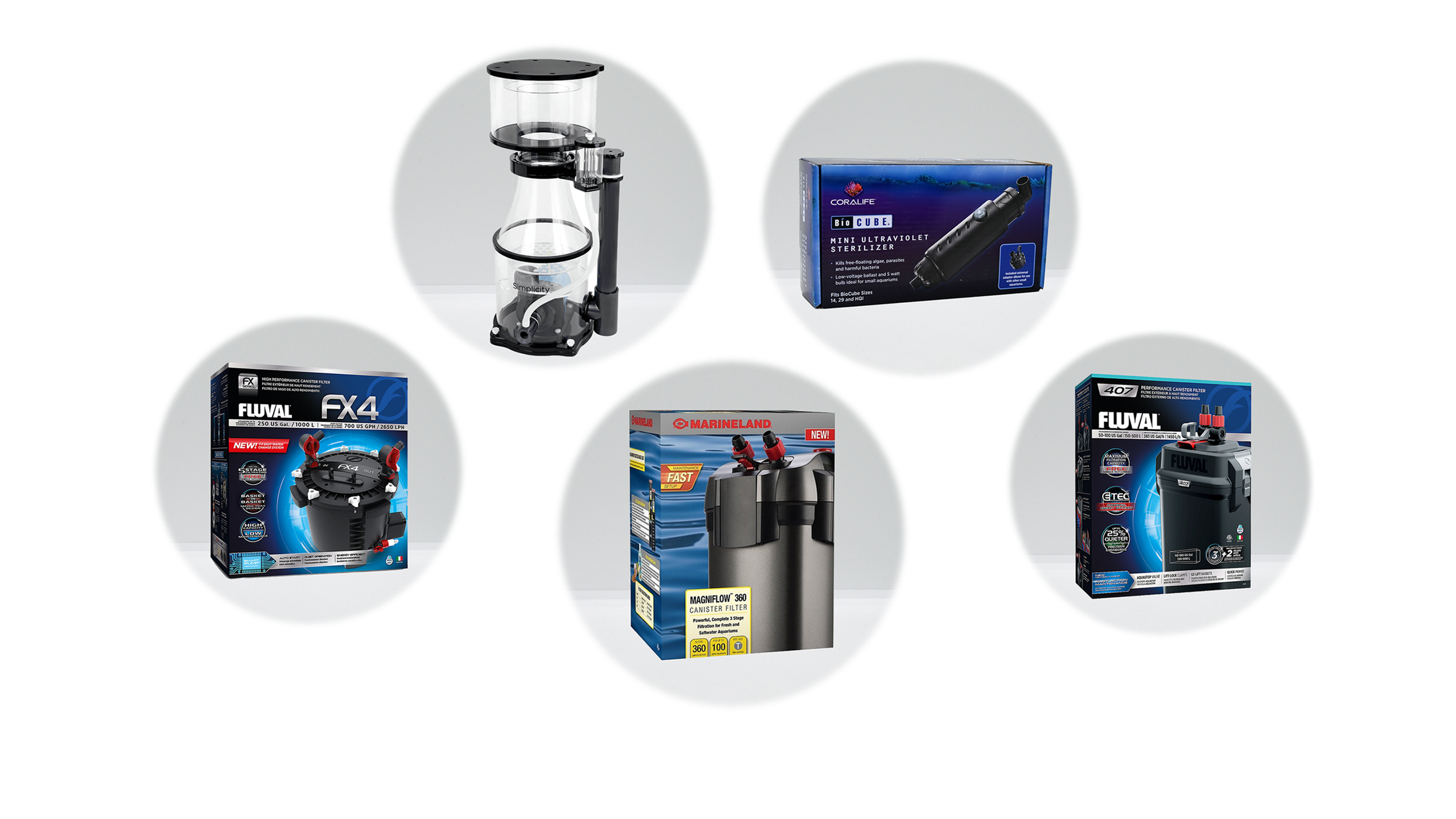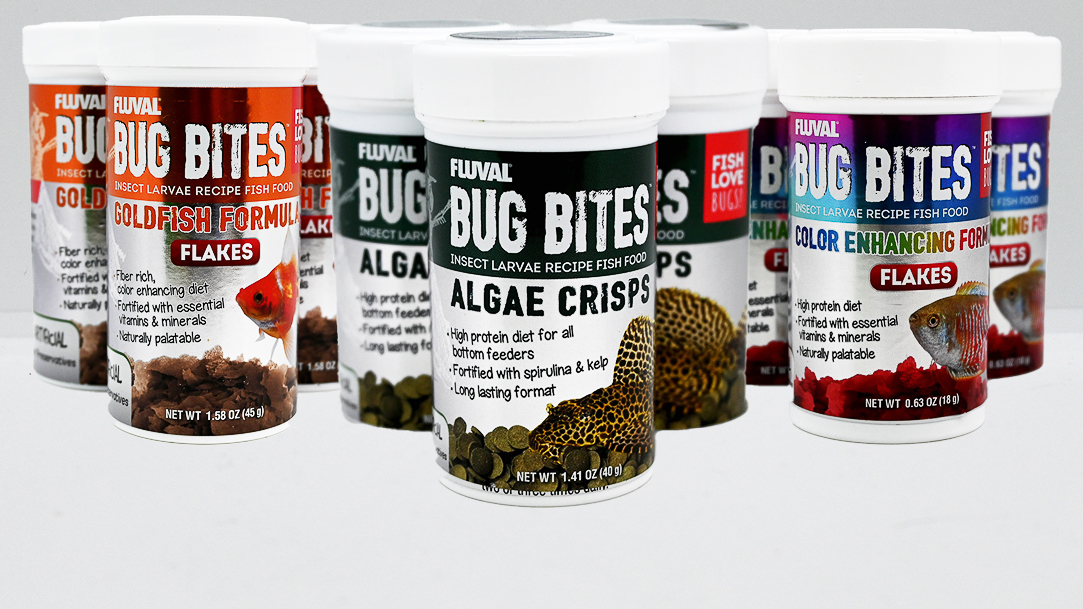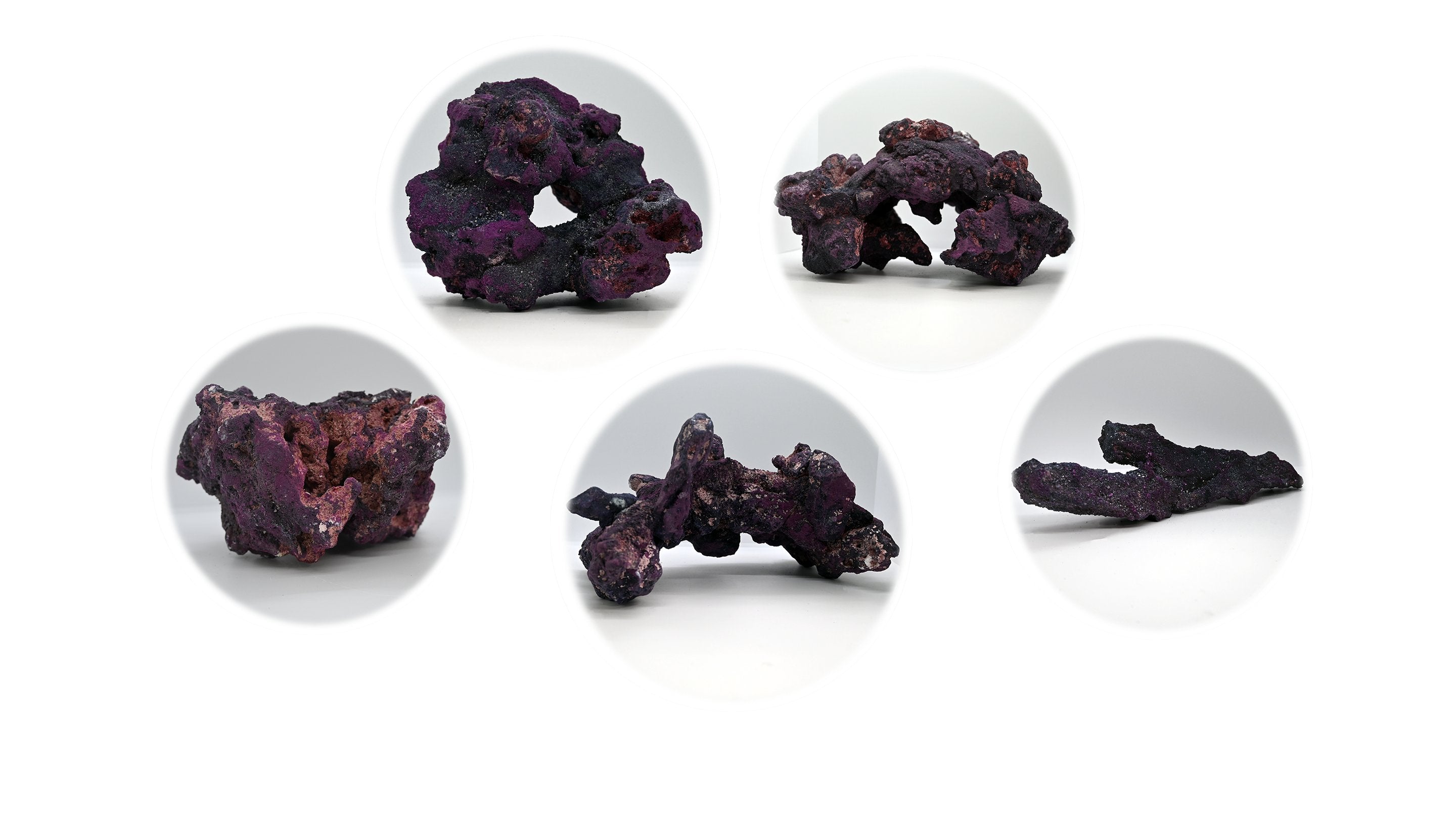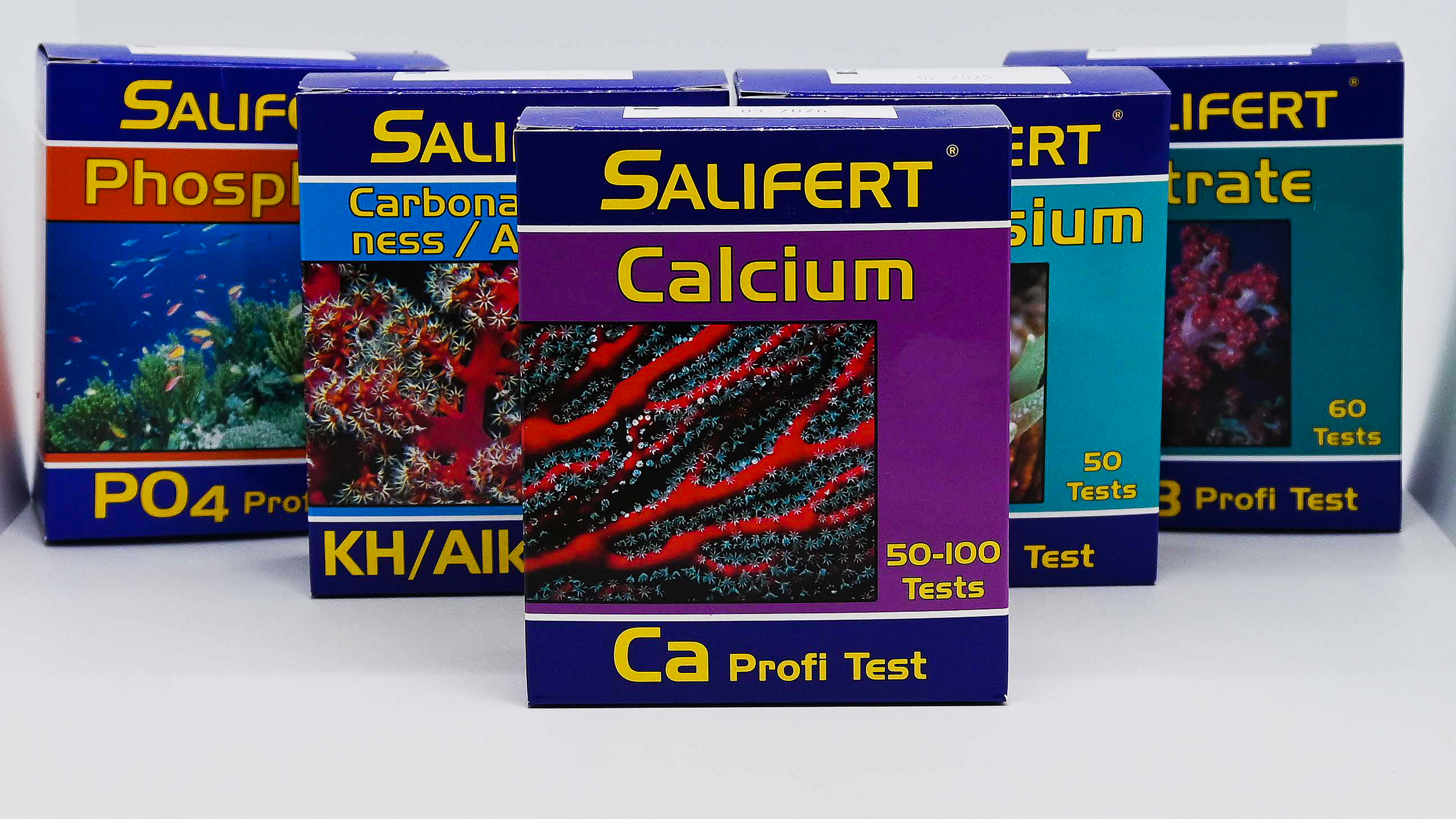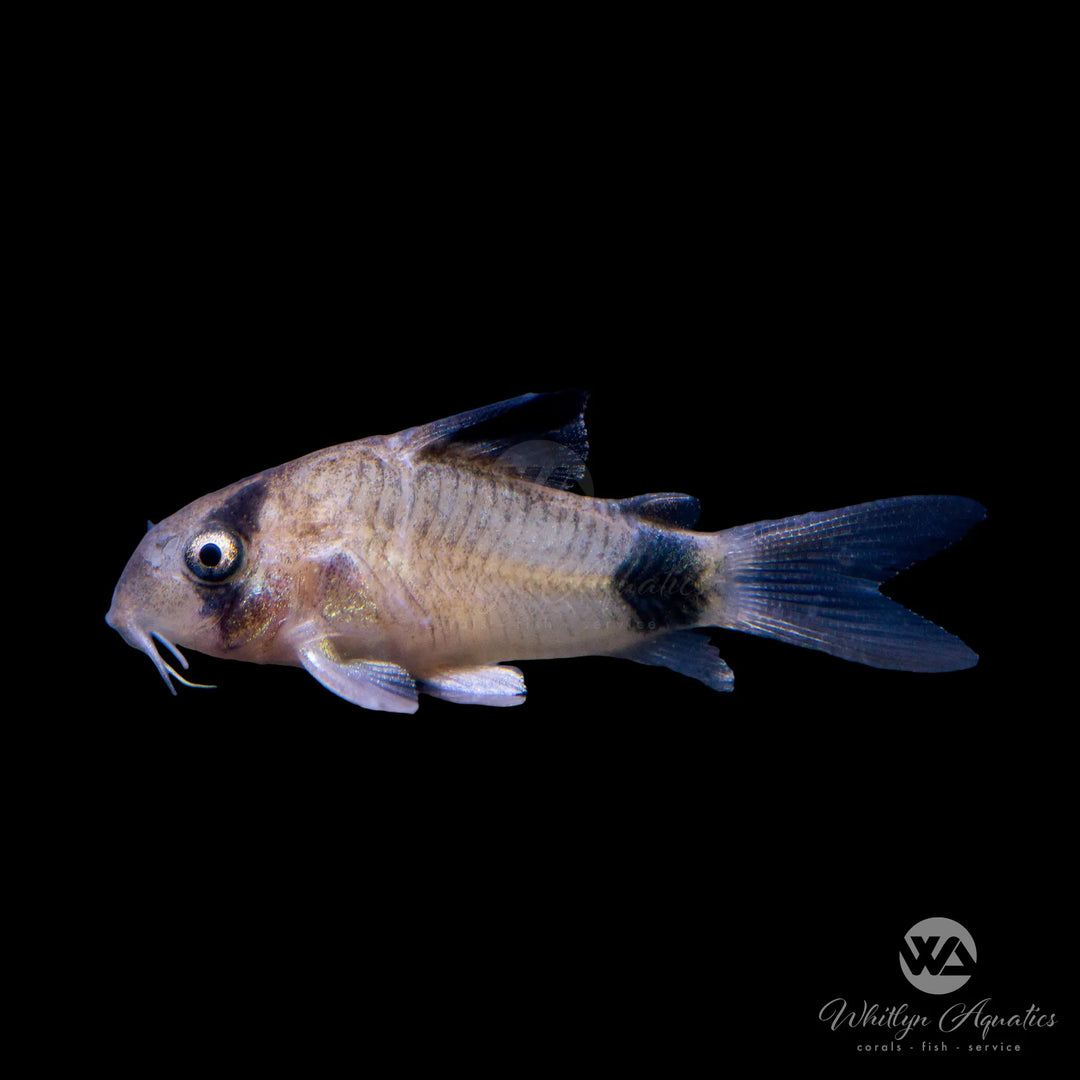
Panda Cory Catfish - Corydoras panda
- In stock, ready to ship
- Backordered, shipping soon
The Panda Cory Catfish (Corydoras panda) is a small, attractive freshwater catfish known for its distinctive panda-like coloration and playful behavior. This species is favored in the aquarium hobby for its peaceful nature, active bottom-dwelling habits, and striking appearance, making it a delightful addition to many community tanks.
Description:
• Common Name: Panda Cory Catfish
• Scientific Name: Corydoras panda
• Family: Callichthyidae
• Size: Up to 2.5 inches (6.5 cm)
• Color: White or light-colored body with distinctive black markings around the eyes and on the fins, resembling a panda’s face
Native Region:
The Panda Cory is native to the Amazon River Basin in Peru, where it inhabits slow-moving rivers and streams with soft, sandy substrates and moderate vegetation.
Aquarium Setup:
• Tank Size: Minimum of 20 gallons (75 liters) for a small group
• Water Parameters:
• Temperature: 72-78°F (22-26°C)
• pH: 6.0-7.5
• Hardness: Soft to moderately hard water (2-12 dGH)
• Substrate: Soft sand or fine gravel is ideal to protect their sensitive barbels; provide a well-planted tank with plenty of hiding spots using driftwood, rocks, and caves
• Diet: Omnivorous; feed a varied diet of sinking pellets, high-quality flakes, and live or frozen foods such as bloodworms, brine shrimp, and daphnia
Care Level:
• Difficulty: Easy
• Temperament: Peaceful and social; best kept in groups of 6 or more to encourage natural schooling behavior and reduce stress
• Lifespan: 5-10 years
• Breeding: Egg-layer; breeding in captivity is feasible with the use of a separate breeding tank and suitable conditions for spawning
Additional Tips:
• Tank Mates: Suitable for community tanks with other small, peaceful species like tetras, rasboras, and dwarf cichlids. Avoid aggressive or larger fish that may harass the Corydoras.
• Behavior: Panda Corys are social and thrive in groups, where they engage in natural behaviors such as scavenging and exploring the tank bottom.
• Water Quality: Maintain high water quality with regular water changes and proper filtration to keep the fish healthy and vibrant.





